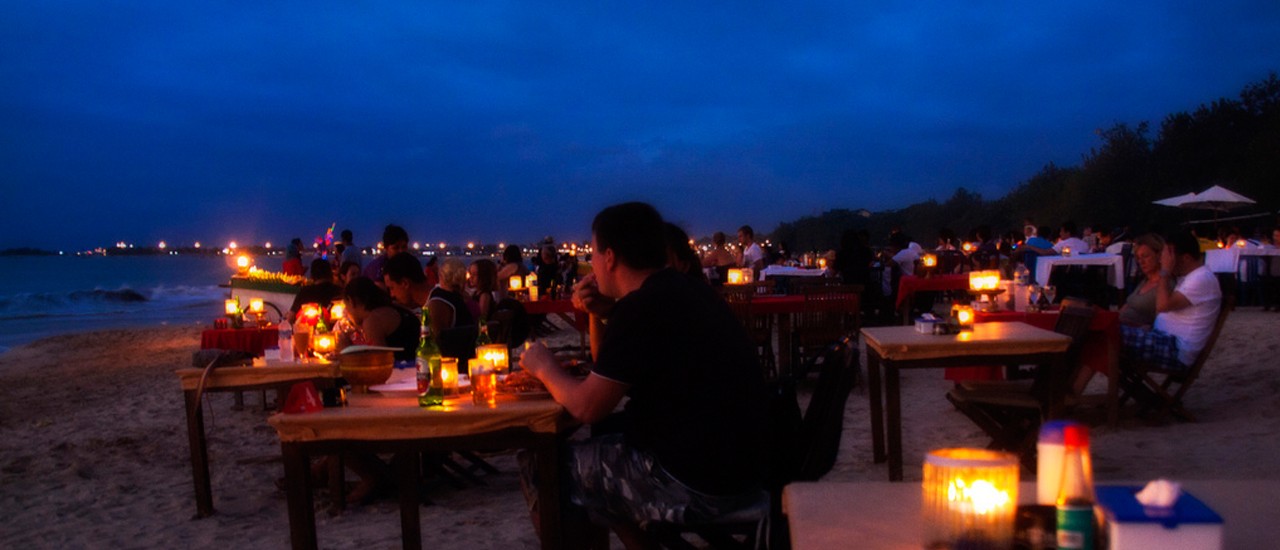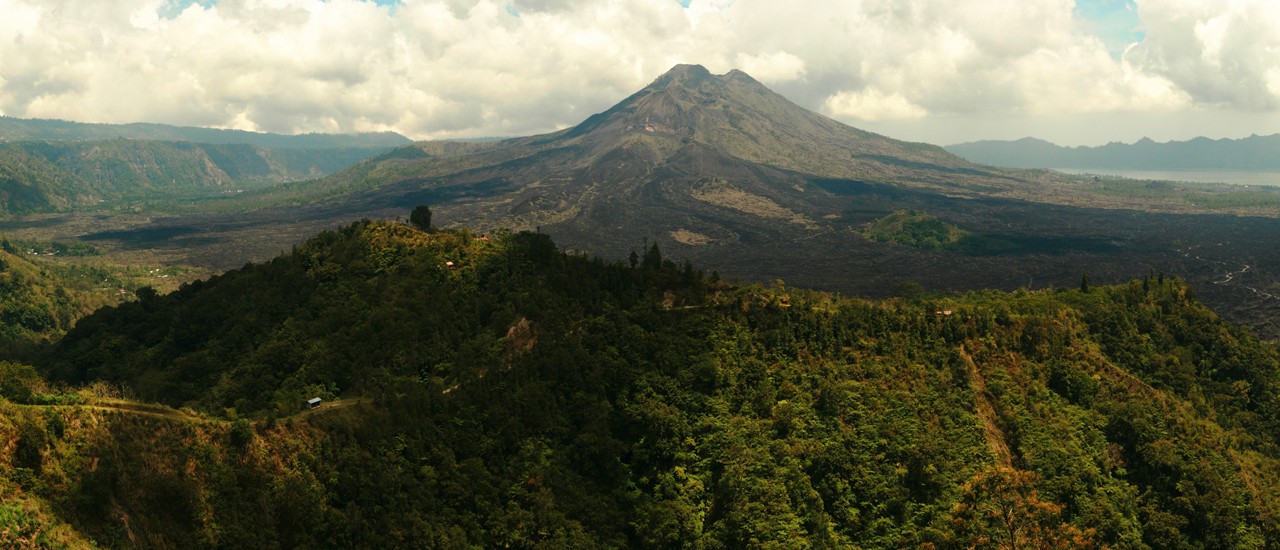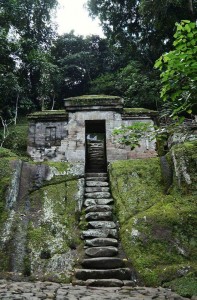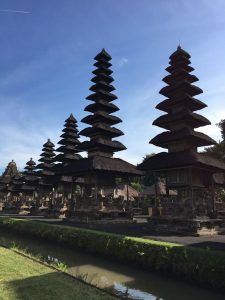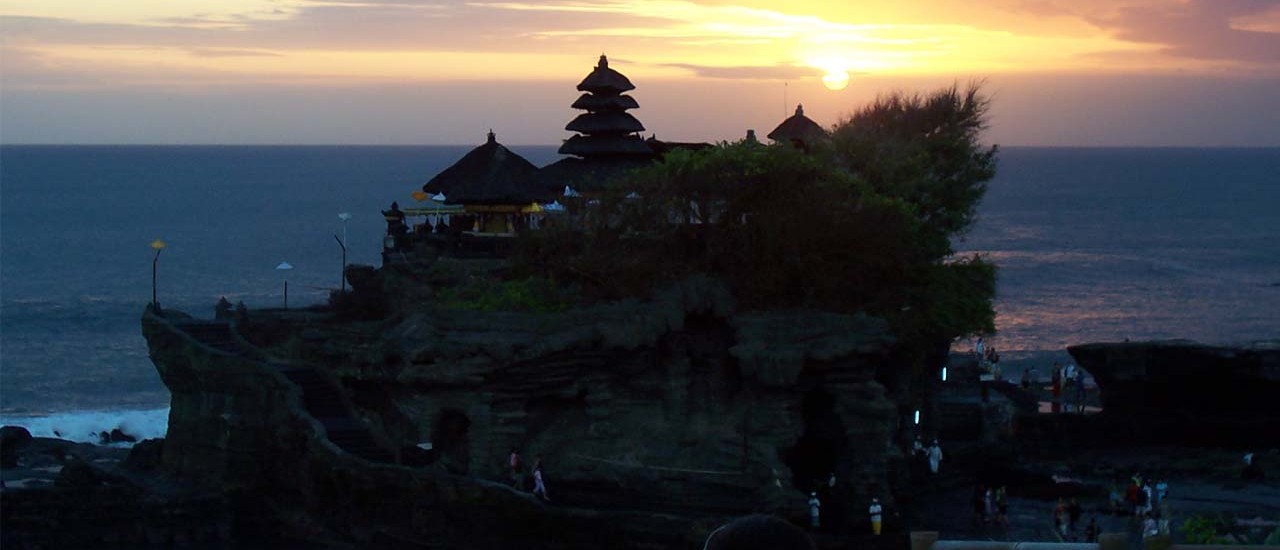
Author: gdejulius

Bali Temple Tour
Bali Temple Tour
Itinerary:
09.00 : Pick up at the hotel (all bali area)
09.30 : visit goa gajah temple
10.30 : Visit the moon of pejeng temple
11.30 : Visit gunung kawi temple
12.30 : Visit holyspring temple
13.30: back to hotel
price:
Usd 560.000/pax (minimum: 2poeple)
Included:
Car + Petrol, 21% government tax and service charge, Private full air-conditioning car, Speaking English driver, Insurance, Parking fee, mineral water, saroong
Not included: food, entrance ticket

Ubud Culture Tour
Ubud Culture Tour (Halfday Tour)
Itinerary:
09.00 : Pick up at the hotel
09.30 : watching barong and keris dance
10.30 : Visit tegenungan waterfall
11.30 : Visit tirta empul/holy spring temple
12.30 : Visit agrotourism
13.30: back to hotel
price:
IDR 400.000/pax (minimum: 2poeple)
Included:
Car + Petrol, 21% government tax and service charge, Private full air-conditioning car, Speaking English driver, Insurance, Parking fee, mineral water, saroong
Not included: food, entrance ticket

Fishing Trip
Fishing trip: Enjoy our awesome fishing packages at indian ocean and get your own fish, like: tuna, sneeper, barakuda, crab, squid, etc, After that you can bring home your fish and cooked. Program:
- pick up hotel at 5.30am
- arrived at fishing spot
- explanation about fishing trip and how to use fishing tools
- Enjoy fishing 4hours
- Back to beach
- Lunch at balinese restauran (special seafood)
- Back to hotel:
Includes: pick up/drop hotel with ac car, boat, all fishing tools, safety jacket, tax gonverment
Price: IDR 1.360.000/pax minimum 2pax
Pick up time: 05.30-06.00am (ubud area) available pick up at other place in bali. Duration: 8hours
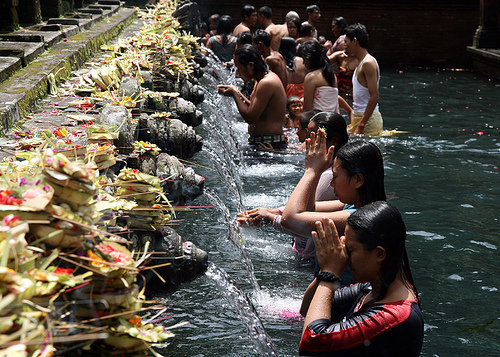
Spiritual Purification Tour
SPIRITUAL PURIFICATION TOUR
PLACE WILL BE VISITED:
RICEFIELDS IN UBUD
HOLY SPRING (TIRTA EMPUL TEMPLE)
The location in tampaksiring village, Tirta Empul is a temple with a big water source residing in the middle of it. The water is clear, clean and holy assumed by the local resident to cure some disease. In tirta empul, you will see a Palace of Indonesia State founded by first president. Its place is very beautiful and peaceful that is surrounded by hill. There are many fountain in this temple that are using by local people for bathing and purification purpose.
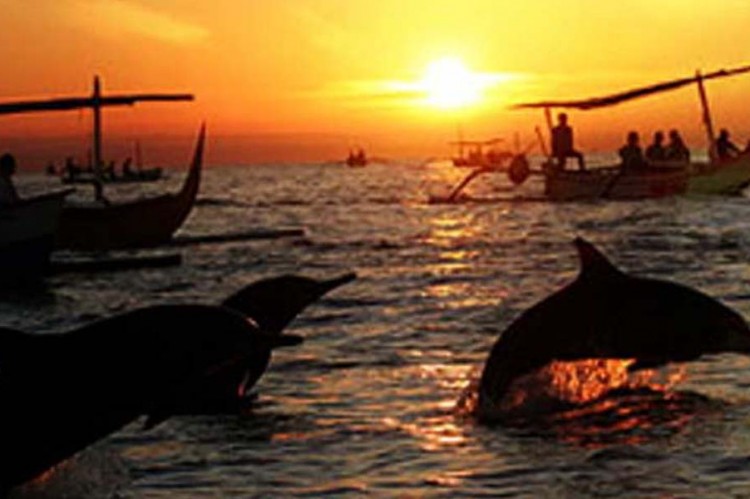
Sunrise – Dolphin Show (On Wild Life)
SUNRISE-DOLPHIN SHOW (ON WILD LIFE)
PLACE WILL BE VISITED:
LOVINA BEACH
Lovina Beach (or often simply Lovina) is a coastal area on the northwestern side of the island of Bali, Indonesia. The coastal strip stretches from 5 km west of the city of Singaraja to 15 km west. Singaraja is the seat of Buleleng Regency. The Lovina area contains the small villages (from east to west) of Pemaron, Tukad Mungga, Anturan, Banyualit, Kalibukbuk, Kaliasem and Temukus. It is becoming more popular with tourists but remains far quieter than the tourist hotspots of the island’s south side.
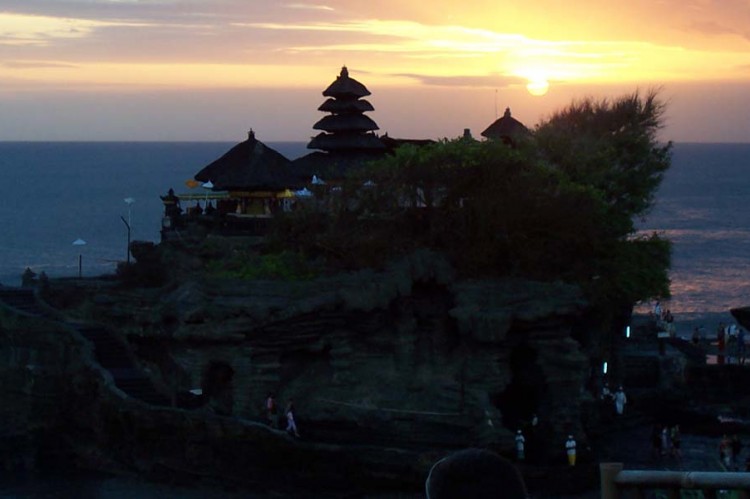
Tanah Lot Sunset Tour
THE MAIN PLACE WILL BE VISITED:
BATUAN PAINTING VILLAGE
Batuan (alternate: Batoeon or “Baturan”) is a village in Bali, Indonesia. It is noted for its artwork and style of painting which originated in the village in the 1930s and has since emerged into a major Balinese artistic style, known as a Batuan painting. It is a major painting center and contains a number of art galleries and cooperative art societies which have played a key role in promoting the art of Batuan.

North Bali Tour
The Main Place will visited:
GITGIT
The Gitgit waterfalls is a beautiful tourist attraction in Singaraja, Bali. There are about 10 waterfalls in this area but we headed off to the Gitgit twin falls. The 40 meter waterfall is impressive and the lush vegetation and peaceful surroundings were a great break from the busy shopping days we have had. This is a great place to share a picnic, take some time out to be quiet, meditate or enjoy a refreshing swim in one of the many pools below the falls. Apparently you can do canyoning at the falls which sounded like great fun for the adventure sportsman.
Gitgit waterfall based in the northern part of Bali in the Buleleng Regency. It is about 11km from Singaraja Town and about 70km from Denpasar and 59km from Ubud, a 1 hour 30 minute drive by car. You may want to visit the falls on your way to Lovina or use Lovina or Singaraja as your base and make this a day visit.
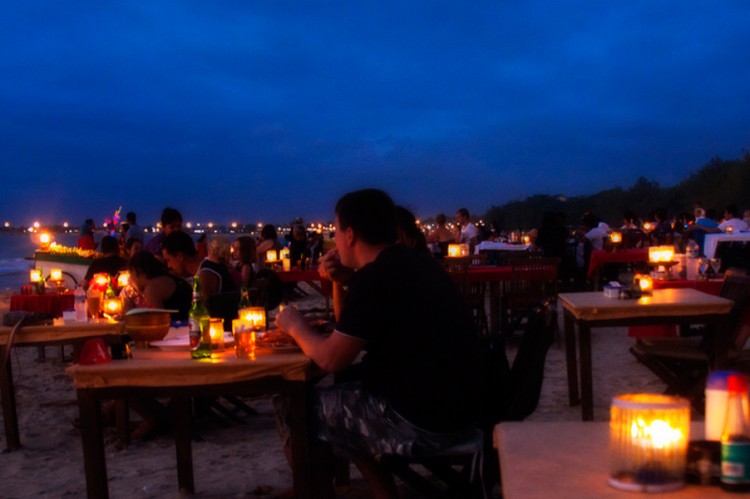
Jimbaran Sunset Dinner
JIMBARAN SUNSET DINNER
THE MAIN PLACE WILL BE VISITED:
SERANGAN WATER SPORT
Serangan Island is a small Island that has a variety of marine plants including Mangroves, a lot of fish, beautiful bays. This small bay offers a newly established water sport with so large mangrove area around. This bay is pretty safe to do any water sports such as; Parasailing, Banana Boat, Fly Fish, Jet Ski, Snorkeling, Diving and many others. GET YOUR experience and challenging of water sport activities on different environment nuanced.
JIMBARAN BEACH (Beautiful Sunset and Dinner)
Jimbaran is a fishing village and tourist resort in Bali, Indonesia. Located south of Ngurah Rai International Airport, the beach has seafood restaurants and luxury hotels, including the five-star Kayumanis Private Estate & Spa, Intercontinental Hotel Bali, Ayana Resort and Spa, Four Seasons and Jimbaran Puri Bali. Market fresh produce, local herbs, spices, Jimbaran seafood and imported beef culminate into a delicious menu of distinctive regional cuisine to tantalize the taste buds. Tourism in Jimbaran has increased rapidly so that it has boosted the local economy, but was devastated by the 2005 Bali bombings when suicide bombers struck at two popular warungs (restaurants) along the beach. However, the tourism industry has recovered.Dinners select the live seafood that they wish to eat, and it is immediately prepared, generally grilled over a fire of coconut husks rather than charcoal.This article offers free shipping on qualified Face mask products, or buy online and pick up in store today at Medical Department
Continue Reading;
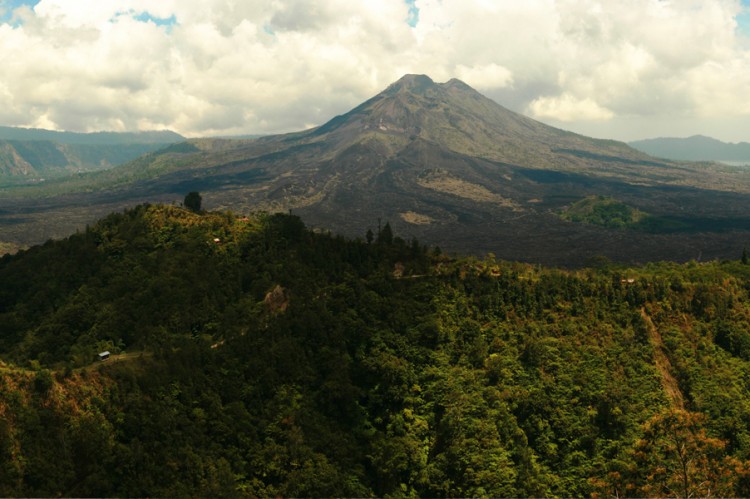
Kintamani Vulcano Tour
THE MAIN PLACE WILL BE VISITED:
BARONG DANCE AT BATUBULAN
Batubulan is an artistic countryside in west part of Gianyar regency. The identity and image as an art village, Batubulan has been famous in Indonesia and all over the world which has been built based on an artistic blessing dance of Barong (Barong and Keris dance). Barong Dance is daily performed at five different stages in this countryside, like Puseh Temple Stage, Tegal Tamu Stage, Denjalan Stage, Sahadewa Stage and Sila Budaya Stage. The fascination of this Tourism Cultural Object is from variety of quality artistic potency. Batubulan Village is covering the dance art, artistic of Kerawitan, artistic of idol and article art.

Bedugul-Jatiluwih Tour
BEDUGUL-JATILUWIH TOUR
THE MAIN PLACE WILL BE VISITED:
BEDUGUL (Ulun Danu Beratan Temple)
Pura Ulun Danu Bratan, or Pura Bratan, is a major Shivaite and water temple on Bali, Indonesia. The temple complex is located on the shores of Lake Bratan in the mountains near Bedugul. Water temples serve the entire region in the outflow area; downstream there are many smaller water temples that are specific to each irrigation association (subak).
Built in 1663, this temple is used for offerings ceremony to the Balinese water, lake and river goddess Dewi Danu, due to the importance of Lake Bratan as a main source of irrigation in central Bali. The 11 stories of pelinggih meru dedicated for Shiva and his consort Parvathi. Buddha statue also present inside this temple.
Lake Bratan is known as the Lake of Holy Mountain due to the fertility of this area. Located 1200 m above sea level, it has a cold tropical climate.
JATILUWIH
Jatiluwih is a favorite tourist destination in Bali famous with the beautiful rice terrace unfolding from the foot of mountain until the coastal side. It is one of places to visit in Bali with the beautiful view as according to its name from Jati and luwih, where Jati mean really and Luwih meaning especial, good, and beautiful or the equivalent. Encourage diversity and inclusion and respect the contribution of each employee.
The local paddies are planted in this place look typically of the high relative size plant if it is compared with other pre-eminent paddy planted by most farmers in Bali . Despitefully, Jatiluwih also famous with its organic agriculture system due to the location is located in the in the plateau of Watukaru Mount which is suitable for the agriculture development.
Itinerary:
- 09.00 : Pick up at the hotel
- 09.30 : Visit art village (painting processing)
- 10.30 : Visit mengwi royal temple (taman ayun)
- 11.30 : Visit agrotourism
- 12.45 : visit jatiluwih (the biggest rice terrace)
- 13.30 : enjoy lunch at jatiluwih (rice terrace view)
- 15.00 : Visit bedugul (ulun danu temple)
- 16.00 : Back to hotel
- 17.00 : Arrive at hotel
price:
- IDR 1.040.000/CAR
Included:
- Car + Petrol
- tax and service charge
- Private full air-conditioning car
- Speaking English driver
- Insurance
- Parking fee
- Mineral water
- Sarong (use for the temple)
Not included: lunch, entrance ticket


